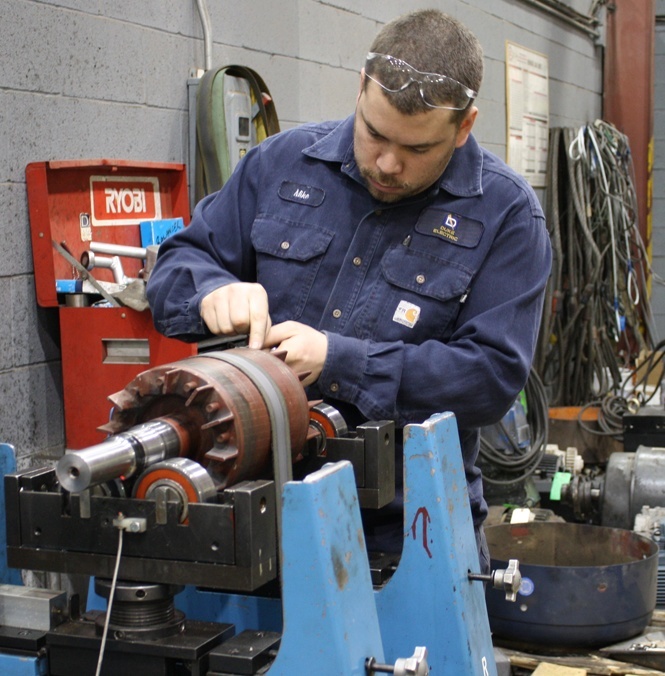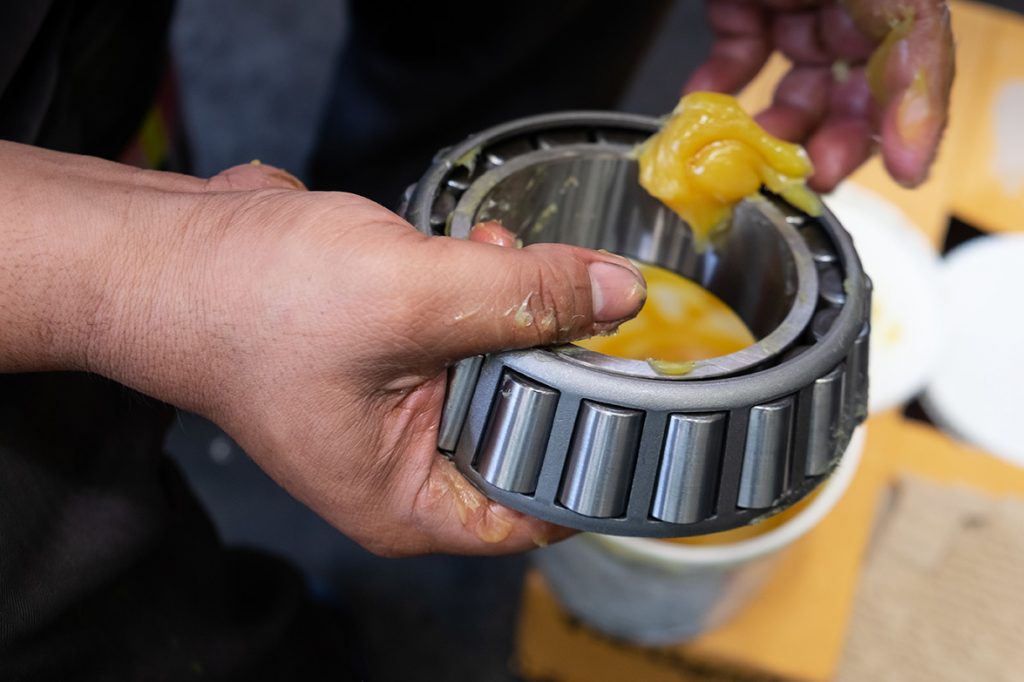7 ways you can screw up vibration analysis November 1, 2019
Vibration analysis is an excellent way to monitor the health of your plant’s equipment, but it’s not perfect. Here are 7 things that could screw it up.
We’ve already written an article covering the basics of vibration analysis in maintenance, including what vibration analysis is, how it’s performed, how it’s changed over time and why you should do it. This post focuses on 7 mistakes that could negatively impact the quality of your readings and ability to act on the information you’ve gathered.
7 vibration analysis mistakes
#1 Testing the wrong motors. Testing the wrong motors is about as valuable as not testing at all. The motors you should be testing are your critical motors. To determine which motors are critical, you can perform a criticality analysis, where you give each motor a rating based on its potential risk. This rating determines whether it merits vibration analysis. Or you can just contact Duke for a free critical motor assessment.
#2 Not knowing your machines. The tools of vibration analysis are only as good as the technicians using them. You’ll need a good understanding of the motor to get good readings and interpret them properly. How many teeth are in the gears? What sizes are the belts and pulleys? What’s the shaft running speed? What do you know about the bearings? All of these will impact the vibration signature. It’s your job to know your motor inside and out so you can put sensors in places and directions that will give you the best information. Knowing your machines will also help you properly interpret the readings you get.
#3 Not knowing (and recording) the actual speed of the motor when collecting vibration data. Nameplate speed is based on the average speed of the motor, as designed by the manufacturer, but it’s not usually the same as the actual speed of the motor. The actual speed of an induction motor, for example, is always lower than the synchronous speed. Inverter-driven induction motors may operate way below nameplate speed. To accurately perform vibration analysis, you must record the actual speed of the motor at the time you collect the vibration data.
#4 Gathering incomplete data. Proper vibration analysis isn’t a one-shot deal—it requires complete data. This means obtaining a full-spectrum vibration signature in the horizontal, vertical and axial axes from four locations: on both ends of the motor and both ends of the equipment the motor is driving. Unfortunately, it’s not unusual for busy maintenance folks to take only one reading on one axis. This basically eliminates the power of vibration analysis, since some signs of future failure only show up on one axis. If that’s not the axis you have a reading from, you won’t be able to accurately predict the failure and take care of it before it happens.
#5 Ignoring the limitations of the equipment. Equipment is improving, but there are still some areas that analysts should be aware of. Unless you use special sensors, for example, very high frequencies will be invisible. Unless you sample for a long time, ultra-low frequencies will be invisible as well. You also can’t reliably evaluate lubricant condition with vibration analysis. As a side note, if you get new vibration measurement equipment (we’re thinking the newest models of fast fourier transform analyzers, which are great at analyzing very high frequencies), suddenly seeing a peak may not indicate a problem with the equipment, simply that the equipment can now register what was always there.
#6 You do nothing with your data. Collecting vibration data won’t help you assess the health of your plant’s motors unless you do something with the information. Alarm limits are a helpful tool to prompt action, and you can use statistics to set them. Do it—otherwise you’ll be buried under data with no indication of when to intervene to preserve the health of your equipment.
#7 Using the wrong analyst. We left this mistake to last, but maybe we should’ve put it first, because correcting it could automatically fix the six other mistakes we've covered. So how can you tell if you have the right analyst in place? If your analyst is simply comparing machine readings with a wall chart to diagnose potential issues with your equipment, they aren’t the right person for the job. The right analyst will be a curious investigator who is able to connect with the machine in a way that normal people simply can’t do, and communicate what is found in a way that will compel people to take action. And yes, these people do exist.
In conclusion, get the right people involved in your vibration analysis, know which motors to perform it on (and know those motors well), gather complete data (including running speed), understand the limitations of the analysis and, finally, do something with the information. If you don’t, your program won’t be successful, and the doubters will rush to can it. You may blame vibration analysis itself, but the blame actually lies with how it was implemented.
Vibration analysis and other predictive maintenance is most successful in plants with a culture of reliability. If you’re not quite there yet, you can start by creating a preventive maintenance mindset at your plant—and our guide will show you why, and how.





